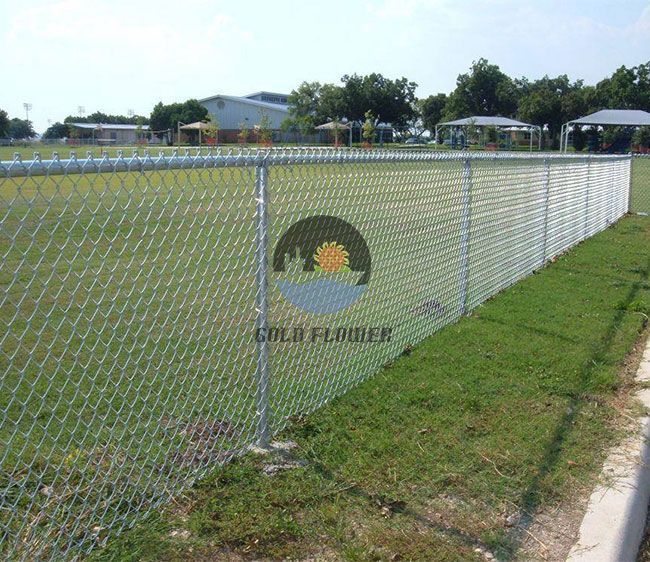Dec . 03, 2024 22:28 Back to list
Elegant Designs with Decorative Perforated Metal Panels for Architecture and Interior Spaces
The Versatility of Decorative Perforated Metal Panels
In the realm of modern architecture and interior design, decorative perforated metal panels have emerged as a transformative element, blending functionality with aesthetic appeal. These panels, characterized by their intricate patterns of holes, offers an array of benefits that make them increasingly popular across various applications—from facades and room dividers to sound barriers and privacy screens.
Aesthetic Appeal
One of the most striking features of decorative perforated metal panels is their ability to enhance the visual appeal of a space. Available in numerous designs, patterns, and finishes, they can complement any architectural style, from contemporary to traditional. Designers can play with the size, shape, and arrangement of the holes to create unique designs that evoke different moods and atmospheres. Whether used in commercial buildings, residential homes, or public spaces, these panels can serve as eye-catching artworks, making a powerful statement while still being functional.
Functionality
Beyond their aesthetic value, decorative perforated metal panels are often designed with functionality in mind. These panels can serve various practical purposes, such as aiding in ventilation and natural light diffusion. When placed like cladding on building exteriors, perforated panels allow air circulation while protecting against weather elements, thus improving energy efficiency. They can also be employed within interiors, acting as space dividers that maintain an open feel while providing privacy.
Moreover, the perforation patterns can be engineered to provide specific levels of light penetration and acoustic control, making them ideal for auditoriums, conference rooms, and open office spaces. By absorbing sound, these panels can help reduce noise pollution in busy environments, thereby contributing to a more serene atmosphere.
Material and Sustainability
decorative perforated metal panels

Typically made from materials such as aluminum, steel, or stainless steel, decorative perforated metal panels are not only durable but also recyclable, making them a sustainable choice for eco-conscious designers. The production process can be tailored to minimize waste, and with advancements in technology, manufacturers now offer options that reduce environmental impact.
Furthermore, metal panels can be coated with various finishes—such as powder coating or anodizing—which enhance their resistance to corrosion and wear. This longevity is particularly advantageous in outdoor applications, where materials face harsh weather conditions.
Installation and Maintenance
The installation of decorative perforated metal panels is generally straightforward, requiring standard tools and techniques. Their lightweight nature means less structural support is needed compared to other materials, contributing to a more efficient installation process. Once in place, maintenance is minimal due to their durable surface treatments. Regular cleaning is usually sufficient to keep them looking new, which is ideal for busy public spaces where upkeep is crucial.
Applications Across Industries
The versatility of decorative perforated metal panels has led to their adoption in various industries. In commercial spaces, they are often used in retail environments for displays or storefronts. In urban planning, these panels can be creatively employed in parks and public art installations to enhance social spaces. They also find applications in the automotive, aerospace, and technology sectors, serving functional roles while contributing to brand aesthetics.
Conclusion
Decorative perforated metal panels represent a perfect fusion of art and function, making them an indispensable element in today's architectural landscape. Their ability to fit into diverse settings, along with their sustainability and functional benefits, ensures they will remain a favored choice among designers and architects. As innovation continues to shape this field, we can only anticipate even more creative uses for these remarkable panels in the years to come.
share
-
CE Certified 250 Micron Stainless Steel Mesh | Premium Filter
NewsJul.31,2025
-
CE Certification Buy Wire Mesh Fence for High Security and Durability
NewsJul.30,2025
-
Stainless Steel Mesh Filter Discs for Precise Filtration Solutions
NewsJul.29,2025
-
CE Certification 250 Micron Stainless Steel Mesh for Industrial Use
NewsJul.29,2025
-
Premium Stainless Steel Weave Mesh for Filtration and Security
NewsJul.29,2025
-
CE Certification 250 Micron Stainless Steel Mesh for Safety & Durability
NewsJul.29,2025

